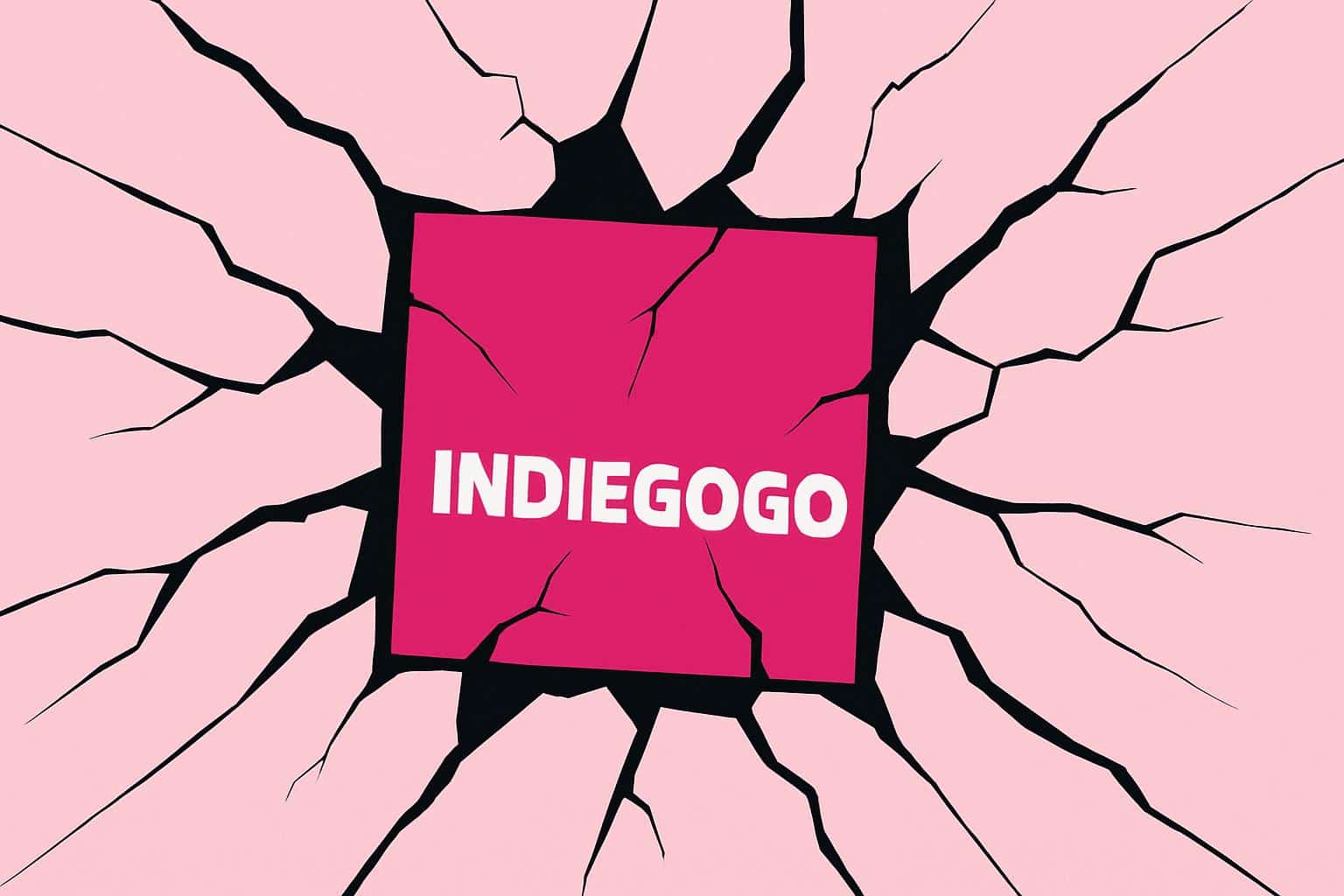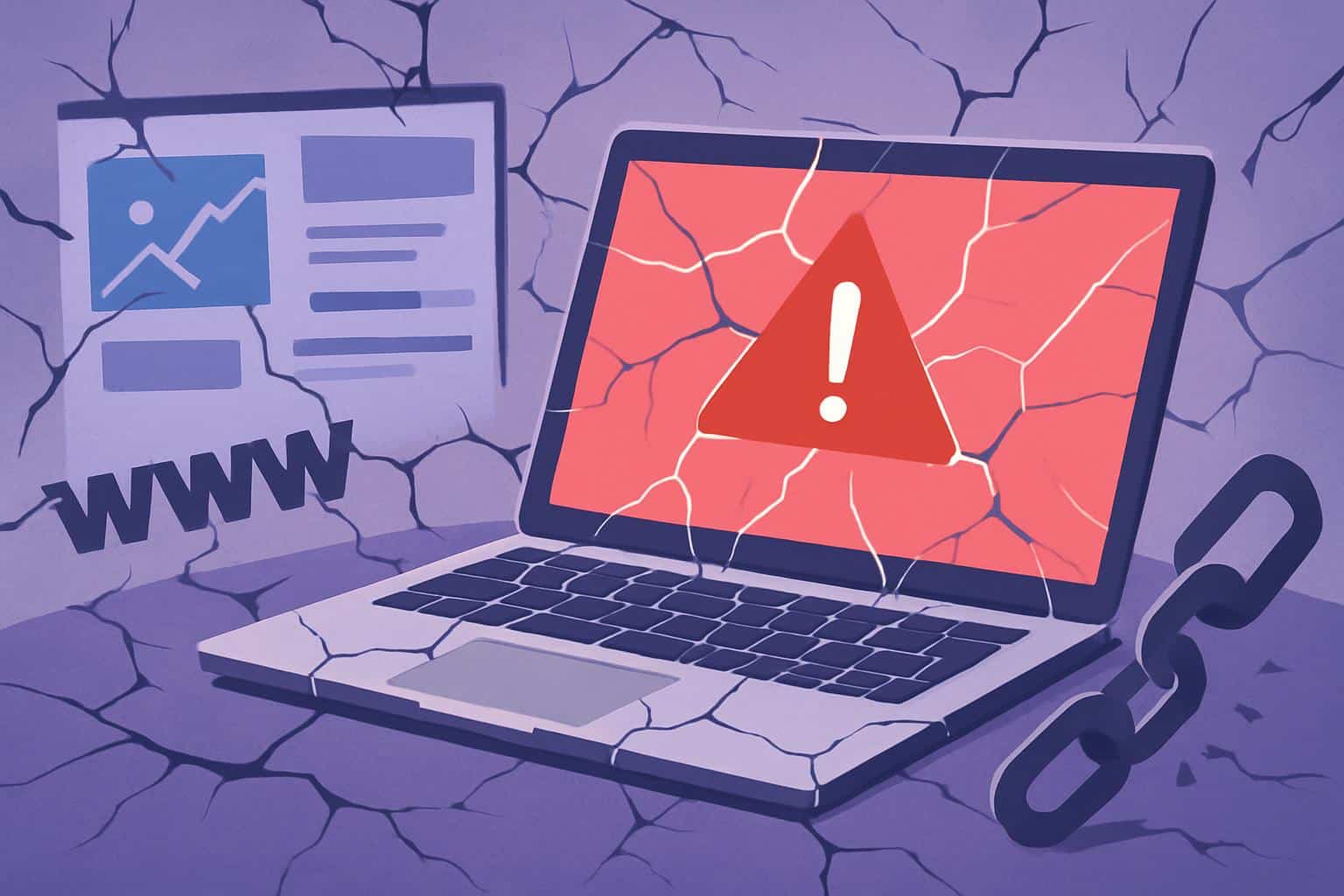Indiegogo has just launched a major redesign as part of its back-end platform switch, and the result is hard to ignore. Makers are mourning vanished pre-launch lists, and even disappeared campaigns. Supporters can’t log in, links are breaking, and some rewards are costing more than advertised after currency recalculations. For a market where momentum and faith are the causes of so many of the effects, the volatility is coming at perhaps the worst possible moment.
Under the Hood: What Was Changing at Indiegogo
The company has recently shifted to technology from Gamefound, the board game-oriented platform that is now the owner of Indiegogo. Leadership pitched the move as a means to centralize logins across services and shift onto “proven” infrastructure. It was a far-from-smooth transition, as the hub’s identity, pricing, shortlinking, and order management systems reportedly started groaning under the strain even before go-live.
- Under the Hood: What Was Changing at Indiegogo
- Creators Watch Campaigns And Links Disappear
- Login Failures and Delays Disrupt Early Orders
- Exchange Rates Re-Price Rewards Midstream
- Confusion Abounds After Fulfillment And Policy Changes
- Early Signs of Creator Flight from Indiegogo
- What This Turbulent Migration Means for Crowdfunding

Creators Watch Campaigns And Links Disappear
Multiple creators say their pre-launch signup lists disappeared. They are crucial indeed: Scholars at the University of Pennsylvania have found that early momentum is closely linked to later success in raising money through crowdfunding. Others found entire campaign pages had disappeared and were forced to rebuild descriptions, media, and reward tiers from scratch.
Off-platform promotion was also hit. According to reports, the site’s shortlink system redirected historic links to 404 pages, rendering QR codes printed on flyers, in packaging, and on banners useless. That undermines months of pre-campaign marketing outlay for some teams.
Login Failures and Delays Disrupt Early Orders
Backers on social media reported they were unable to log in after the move. That’s important, because early orders are usually what decide whether a campaign passes its goal, and the early-bird tiers typically offer the deepest discounts and first shipping priority.
Hardware makers also scrambled. Handheld AYANEO, which has used crowdfunding in the past for its handheld launches, moved up the start date of a new campaign window so that it would not shut down according to plan during the switchover. Even after the site returned, potential buyers were having problems making day-one pledges because their accounts had failed to clear.
Exchange Rates Re-Price Rewards Midstream
The overhaul seems to have altered the way exchange rates are implemented for both new and existing campaigns. In one egregious example, a “super early bird” listed at $69.99 turned out to be $72.62 at checkout. Higher-tier bundles jumped more, some rising by about $20 compared to previous pricing.

In crowdfunding, where backers are exchanging liquidity for future delivery (a vital point captured in Katharine’s metaphor about how it feels when the price moves mid-campaign), price shifts can feel like the goalposts being moved — or because goals are relative, one could say: “like chasing a moving target.” Payments teams freeze FX rules for the duration of a campaign to prevent this scenario, and as such, it is not something we facilitate. It also undermines confidence and makes for awkward marketing if creators have already made those kinds of promises in the lead-up to launching.
Confusion Abounds After Fulfillment And Policy Changes
Order sequencing is another flashpoint. Sellers tell me that order numbers got muddled in the migration — it’s possible, these sources say, that early backers won’t necessarily be first in the shipping queue. That’s especially problematic for campaigns that are already near completion, like recently announced handheld projects that have been belching out batches of units leaving warehouses.
Policy shifts are adding to the disruption. Some brands claim they are no longer able to ship prior to the completion of a campaign to foster legitimacy with supporters, a practice that some used in the past to gain goodwill from early adopters. The platform has also done away with flexible funding options that allowed teams to proceed even if they didn’t achieve the goal — once a major point of differentiation compared with Kickstarter’s all-or-nothing model.
Early Signs of Creator Flight from Indiegogo
Some brands are already hedging. AYN, whose Odin 3 handheld generated a lot of interest, successfully moved last-minute pledges off-platform towards direct sales to maintain pre-orders without fear around the site being ready for such a move. Others are reading the tea leaves as they consider whether to open, to defer, or to decamp for other storefronts.
What This Turbulent Migration Means for Crowdfunding
Big platform migrations are infamous for being hard, but the basics—identity, payments, links, and order integrity—you have to bulletproof those. In parallel, to calm the waters for Indiegogo, it would have to reinstate lost campaign data; honor the original pricing logic; make sure that order sequencing is preserved for initial backers; and be extremely transparent with its changes in policy that affect order fulfillment.
But projects for hardware rely on the relationship that is built during the first hours of launch. So long as the current problems remain, more and more creators are likely to look for other options instead, from Kickstarter campaigns to direct Shopify-style pre-orders. If Indiegogo can recover swiftly, it could yet save the storyline; if not, it’s in danger of losing ground in a crowded market where creator loyalty is hard-won and easily squandered.

